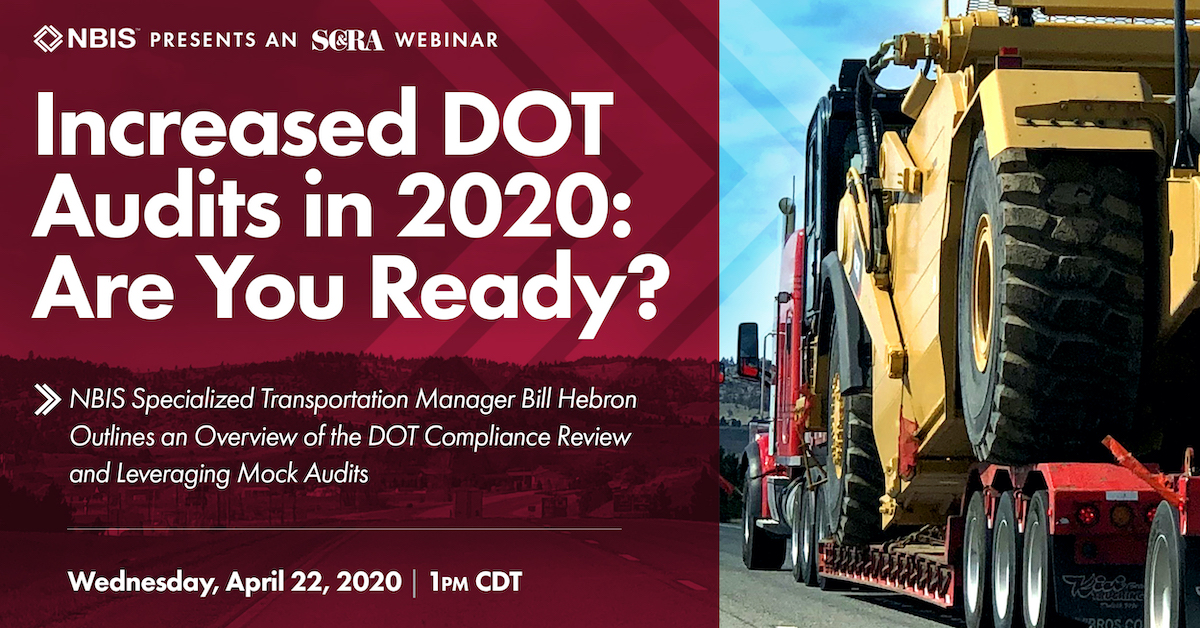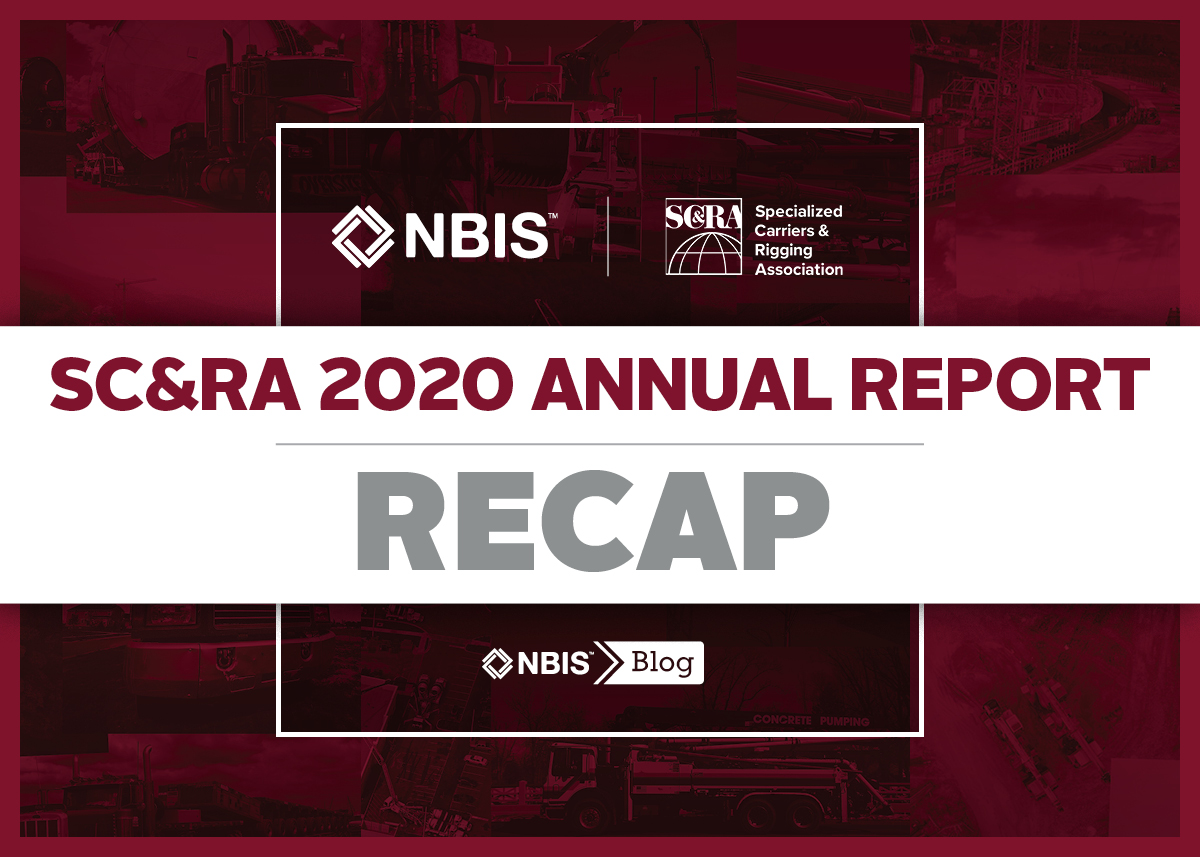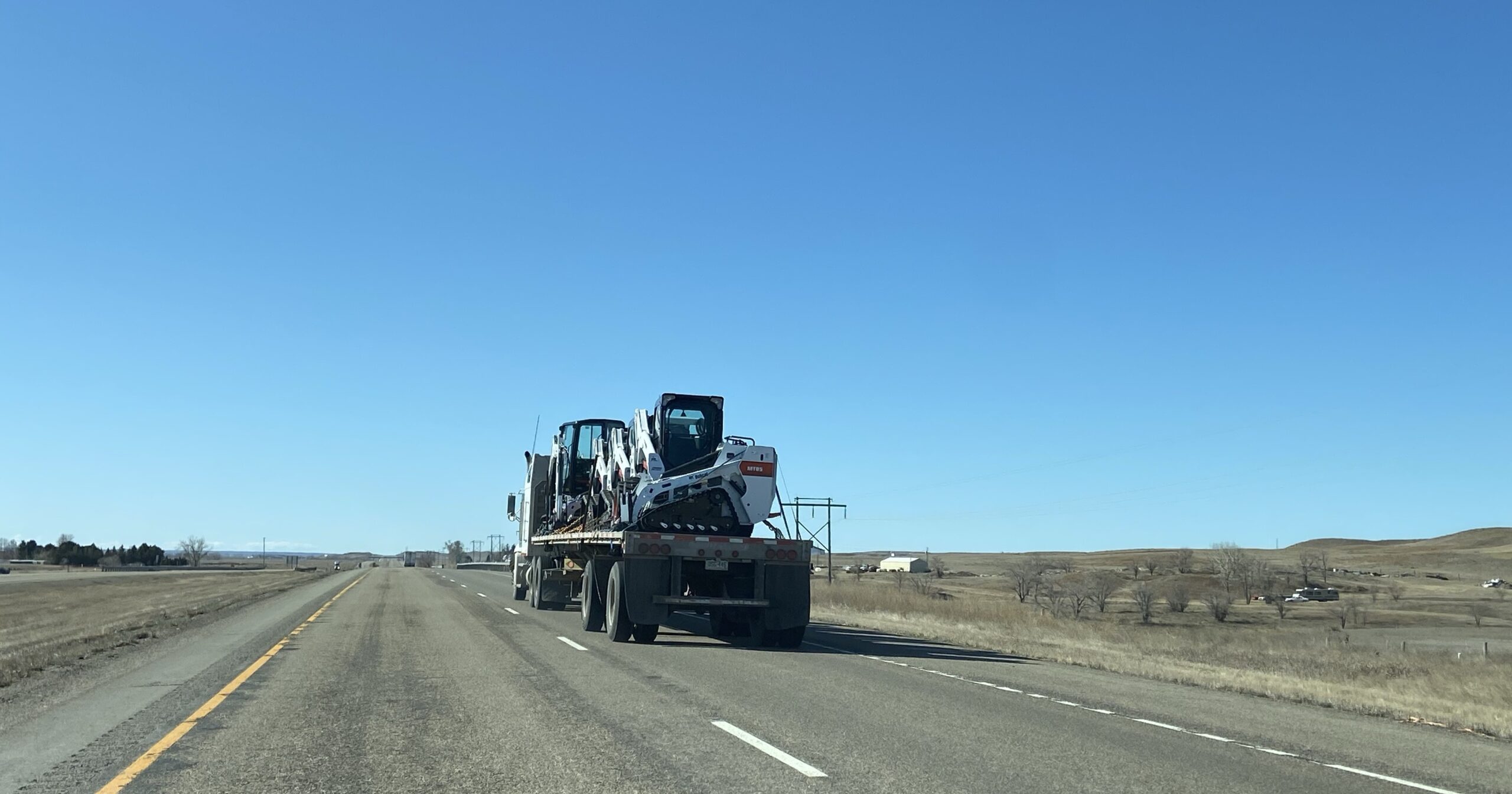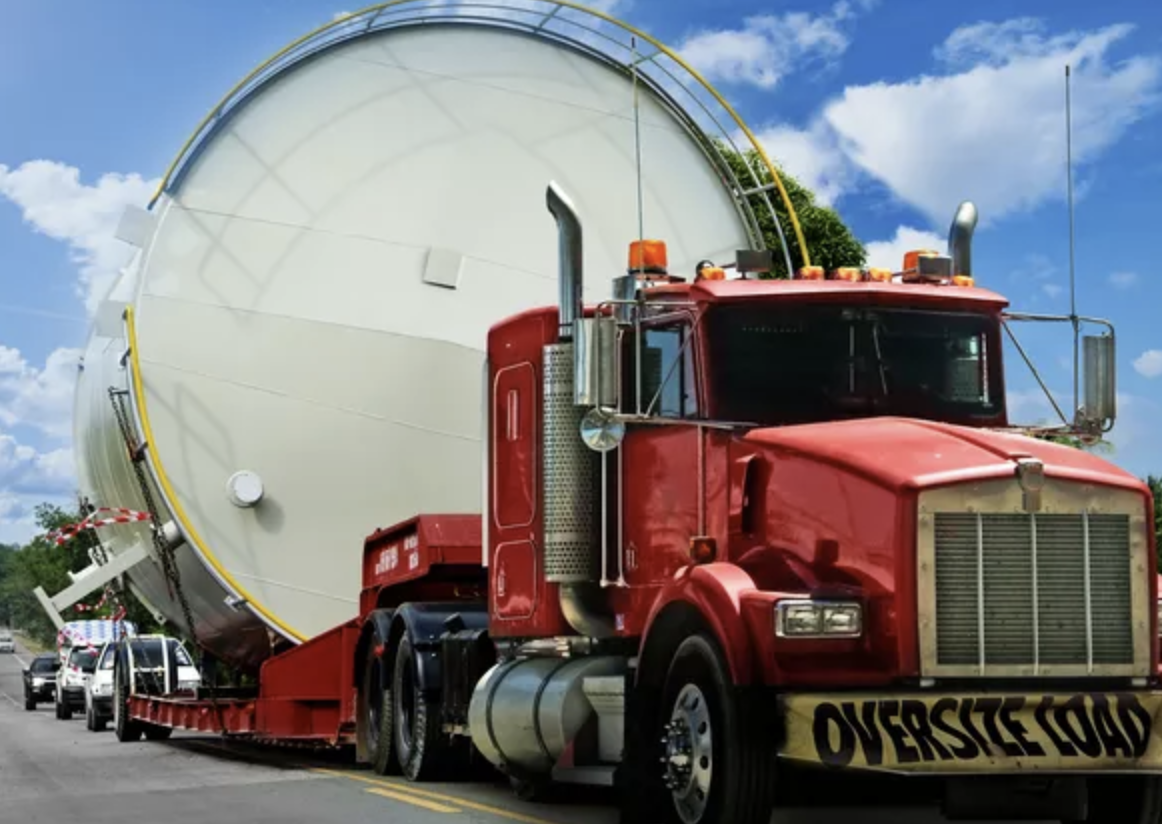As part of its Operation Airbrake Program, the Commercial Vehicle Safety Alliance (CVSA) slotted August 21-27 as the dates for its 2022 Brake Safety Week—an annual voluntary commercial motor vehicle brake-safety inspection, enforcement, and education initiative conducted by law enforcement jurisdictions in Canada, Mexico, and the U.S.
During the week, commercial motor vehicle inspectors across those jurisdictions conducted 38,117 inspections. Of the total number of vehicles inspected, 13.3 percent were placed out of service for brake-related critical vehicle inspection item violations—which also means that nearly 87 percent of the vehicles inspected did not have violations.
No different from inspections conducted throughout the year, inspections performed during Brake Safety Week involved inspectors compiling and then submitting brake-related data to CVSA for compilation, analysis, and release.
To that end, it’s commonplace during any given examination for inspectors to inspect required brake-system warning devices, such as ABS malfunction lamp(s) and low air-pressure warning devices. Moreover, they will ensure that the breakaway system is operable on the trailer, and inspect the tractor protection system, including the bleed-back system on the trailer.
Inspectors also identified and documented 6,305 brake hose/tube chafing violations, which are a common brake-related violation, and was the focus area for this year’s Brake Safety Week. Inspectors reported brake-hose chafing violations in four different categories, with varying levels of chafing severity, including two which were out-of-service violations.
Additionally, 11 jurisdictions with performance-based brake testers (PBBT) assessed the braking performance of 392 commercial motor vehicles during the week. Twenty-nine commercial motor vehicles failed their PBBT test—a seven percent out-of-service rate. PBBTs, based on mechanical or electronic decelerometers, assess the overall vehicle braking capability through a stopping performance test in which deceleration and/or stopping distance is obtained, independent of brake type or application method.
On the Lookout
During Brake Safety Week, inspectors primarily conducted the North American Standard Level I or Level V Inspection. Both inspection levels include thorough examination of brake systems and components. Inspectors will look for missing, non-functioning, loose, cracked, or broken parts, such as spider castings, return springs, brake drums or rotors, brake shoes, linings or pads, and slack adjusters. They also inspect for contaminated linings or pads, non-manufactured holes in spring brake housings, S-cam flip-over, and audible air leaks. They check for mismatched brake chambers on an axle, security of air reservoirs, condition of hoses and lines, air pressure in the system, the breakaway device, tractor protection system, pushrod travel, and brake-system warning devices.
Vehicles that did not have any vehicle and driver out-of-service violations during a Level I or Level V Inspection may have received a CVSA decal, which is a visual indicator (valid for three months) to inspectors that the vehicle was recently inspected and had no critical vehicle inspection item violations.
In all, 53 Canadian and U.S. jurisdictions, and Mexico’s Ministry of Communications and Transportation, participated in this year’s Brake Safety Week. Broken out by country, inspectors in Canada inspected 1,975 commercial motor vehicles and placed 351 (17.8 percent) out-of-service for brake-related violations. In Mexico, 1,740 commercial motor vehicles were inspected, with 44 (2.5 percent) being placed out of service. And in the U.S., of the 34,402 commercial motor vehicles inspected, 4,664 (13.6 percent) were placed out of service.
A CVSA program in partnership with the U.S. DOT’s Federal Motor Carrier Safety Administration, Operation Airbrake has inspected more than 3.4 million brakes since its inception in 1998—assuring better breaking capacity and stopping distance of large trucks and motorcoaches, and without a doubt, reducing risk to drivers and improving public safety.







